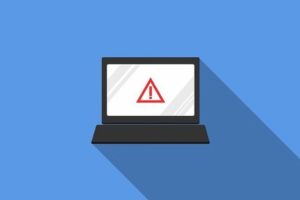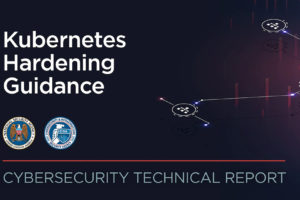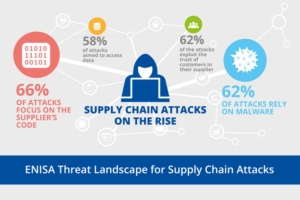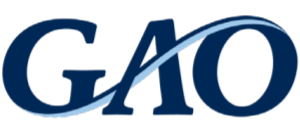
Water-related hazards dominate the list of disasters in terms of both the human and economic toll over the past 50 years, according to a comprehensive analysis by the World Meteorological Organization (WMO).
Of the top 10 disasters, the hazards that led to the largest human losses during the period have been droughts (650 000 deaths), storms (577 232 deaths), floods (58 700 deaths) and extreme temperature (55 736 deaths), according to the forthcoming WMO Atlas of Mortality and Economic Losses from Weather, Climate and Water Extremes (1970-2019).
With regard to economic losses, the top 10 events include storms (US$ 521 billion) and floods (US$ 115 billion), according to an excerpt from the Atlas, which will be published in September.
Floods and storms inflicted the largest economic losses in the past 50 years in Europe, at a cost of US$ 377.5 billion. The 2002 flood in Germany caused US$ 16.48 billion in losses and was the costliest event in Europe between 1970 and 2019. However, heatwaves had the highest human toll.
The data show that over the 50-year period, weather, climate and water hazards accounted for 50% of all disasters (including technological hazards), 45% of all reported deaths and 74% of all reported economic losses at global level.
Climate Change
“Weather, climate and water-related hazards are increasing in frequency and intensity as a result of climate change. The human and economic toll was highlighted with tragic effect by the torrential rainfall and devastating flooding and loss of life in central Europe and China in the past week, said WMO Secretary-General Prof. Petteri Taalas.
“Recent record-breaking heatwaves in North America are clearly linked to global warming,” said Prof. Taalas, citing a rapid attribution analysis that climate change, caused by greenhouse gas emissions, made the heatwave at least 150 times more likely to happen.
“But, increasingly, heavy rainfall episodes also bear the footprint of climate change. As the atmosphere gets warmer it holds more moisture which means it will rain more during storms, increasing the risk of floods,” said Prof. Taalas.
“No country – developed or developing – is immune. Climate change is here and now. It is imperative to invest more in climate change adaptation, and one way of doing this is to strengthen multi-hazard early warning systems.”
Water is the primary vehicle through which we feel the impacts of climate change. To effectively address both water and climate challenges, we must bring climate change and water to the same table – into the same conversation: Tackling them as one. This is why WMO is spearheading a new Water and Climate Coalition, a community of multi-sectoral actors, guided by high-level leadership and focused on integrated water and climate action, said Prof. Taalas.
Extreme rainfall events
The German national meteorological service, DWD, said up to two months worth of rainfall fell in 2 days (14 and 15 July) on soils that were already near saturation in the most affected regions of Germany, Belgium, Netherlands, and Luxembourg. Switzerland and Austria were also hit by severe flooding.
According to DWD, about 100 to 150 mm of precipitation occurred in 24 hours between 14 and 15 July. The DWD weather station of Wipperfuerth-Gardeweg (North Rhine-Westphalia) recorded 162 mm followed by Cologne-Stammheim (North Rhine-Westphalia) with 160 mm, Kall-Sistig (North Rhine-Westphalia) with 152 mm and Wuppertal-Buchenhofen (North Rhine-Westphalia) with 151 mm. DWD issued timely and accurate early warnings.
Some parts of the central Chinese province of Henan received more accumulated rainfall between 17-21 July than the annual average. The national meteorological observation station in Zhengzhou reached 720 mm – compared to its annual average of 641 mm.
Zhengzhou, the capital of Henan, received the equivalent of half its annual rainfall in the space of six hours. The 6-hour rainfall was 382mm and from 16:00-17:00 on 20 July, the 1-hour rainfall in Zhengzhou exceeded 200mm.
More than 600 stations recorded precipitation over 250mm. The maximum precipitation was 728mm. The Henan Meteorological Service initiated the highest level emergency response to deal with the flooding.
An increasing number of studies are finding human influence on extreme rainfall events. One example is the extreme rainfall in eastern China in June and July 2016, where found that human influence significantly increased the probability of the event, with the signal less clear in a third peer review study published in the annual supplement to the Bulletin of the American Meteorological Society.
European trends
Despite the ongoing tragedy, the death toll from extreme weather is generally falling because of improved early warnings and better disaster management. A high death toll from heatwaves in Europe in 2003 and 2010 ushered in new heat-health action plans and early warnings which have been credited with saving many lives in the most recent decade.
In Europe in total, 1 672 recorded disasters cumulated 159 438 deaths and US$ 476.5 billion in economic damages from 1970–2019. Although floods (38%) and storms (32%) were the most prevalent cause in the recorded disasters, extreme temperatures accounted for the highest number of deaths (93%), with 148 109 lives lost over the 50 years.
The two extreme heatwaves of 2003 and 2010 accounted for the highest number of deaths (80%), with 127 946 lives lost in the two events. These two events skew the statistics on the number of deaths in Europe. The 2003 heatwave was responsible for half of the deaths in Europe (45%) with a total of 72 210 deaths within the 15 affected countries, according to one of the chapters in the forthcoming Atlas.
Within Europe, the distribution of disasters by related hazard shows that riverine floods (22%), general storms (14%) and general floods (10%) were most prevalent hazards in Europe.
The WMO Atlas of Mortality and Economic Losses from Weather, Climate and Water Extremes (1970-2019) (hereafter called Atlas), which will be published ahead of the United Nations General Assembly in September. The Atlas is based on the Centre for Research on the Epidemiology of Disasters’ (CRED) Emergency Events Database (EM-DAT).
It is one of a series of WMO initiatives to provide decision-makers with scientifically-based information about the weather and climate extreme and the state of the global climate.









